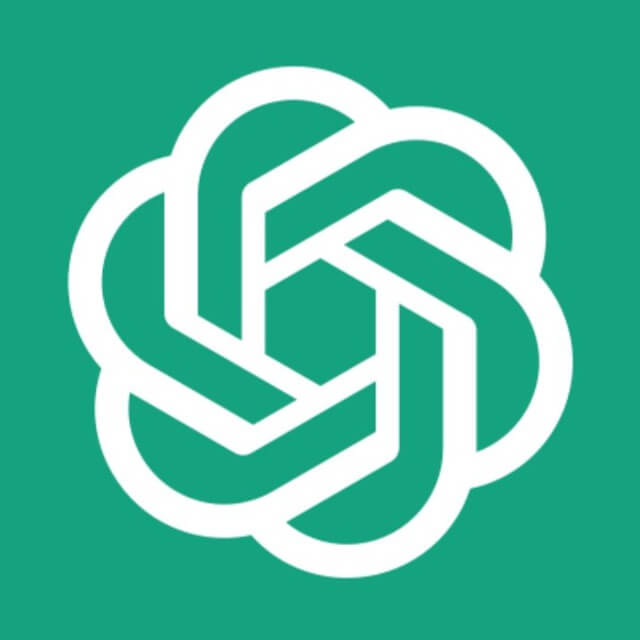Price Data
Analysis
Trade
Market Cap
All-Time High
All-Time Low
Fully Diluted Valuation
Circulating Supply
Total Supply
Categories
Performance since ICO
| Currency | USD | BTC | ETH |
|---|---|---|---|
| ROI | -97% | -100% | -99% |
What is Cardstack?
Cardstack is a composable open software ecosystem that integrates shared code, data, and revenue to create a versatile development platform. It aims to streamline application development and management while enhancing revenue and reward mechanisms.
Recent Video Interview
Main points of the interview:
- Cardstack's mission to create a decentralized experience layer.
- Cardstack builds open-source software and a marketplace, enabling users to buy and sell decentralized tools.
- Supports diverse use cases, including e-commerce and NFTs, aiming for greater user control and integration.
Product and Protocol
Cardstack offers a composable app platform for both users and developers.
- Ready-to-Use Applications: Deploy and host applications within minutes.
- Full-Stack Development Framework: Extend use cases and integrate with blockchains and LLMs.
- Revenue & Reward Protocol: Automate on-chain revenue collection and reward distribution for Web2 apps and Web3 dApps.
Built on the Cardstack Framework
The Cardstack Framework prioritizes composability, allowing developers to focus on:
- Domain Models: Concentrate on creating and reusing domain models.
- UI Orchestration: Delegate UI management, state synchronization, and data persistence to the runtime.
Extensible and Open
Cardstack is open-source and highly extensible:
- TypeScript Integration: Use TypeScript to seamlessly integrate front-end and back-end code.
- Modular Stack: Package and share types, components, and extensions with the community.
- Open Source: Understand and build upon every layer of the system.
Data and Intelligence
Cardstack supports user data sovereignty and intelligent integration:
- Open State: Store data as JSON files, easily queryable and integrable with external sources.
- Open Intelligence: Control data sharing with AI/LLM providers, leveraging JavaScript annotations for flexibility.
Economic Model
Cardstack proposes a new approach to software costs:
- Direct Payments: Users pay for actual software usage, eliminating cross-subsidies.
- Transparent Costs: Aligns costs with actual service use, ensuring clarity and fairness.
Project Development
Cardstack has completed the development of Code Mode, a major milestone that integrates coding aids into a web-based IDE. Key features include:
- Real-Time Editing: Modify card functionality, layout, and data structure directly, bypassing traditional git processes.
- Module Reuse: Select from pre-existing modules or create new specializations through inheritance.
- Data Editing: View and edit stored data structures using a familiar file editor.
Code Mode aims to accelerate card creation, enhance educational opportunities, and lay the groundwork for future no-code UI developments. Read the full update on Cardstack's Medium.
Projects in the Narnia Category
Check out other projects in the Narnia category:
- Flow: blockchain for fast transactions, NFTs, DeFi, DAOs, and metaverse apps.
- HOPR: a mixnet providing privacy in web3, compensating node runners with tokens.
- Keep Network: uses "Keeps" for private data transfer and storage, rewarding KEEP stakers.
Cardstack Price Analysis
As of January 15 2025 Cardstack has a marketcap of $2.7M. This is {{percentagefromath}} from its all time high of $0.0386186. In terms of its tokenomics, there's a total supply of 6B with 50% currently outstanding. Keep in mind Cardstack has a fully diluted value of $5.4M which many investors might interpret as overvalued.
Of course, don’t trust price predictions alone, always check the Coinrotator token screener to follow the trending market.

CARD Markets
| Exchange | Pair | 24h volume |
|---|---|---|
No data | ||